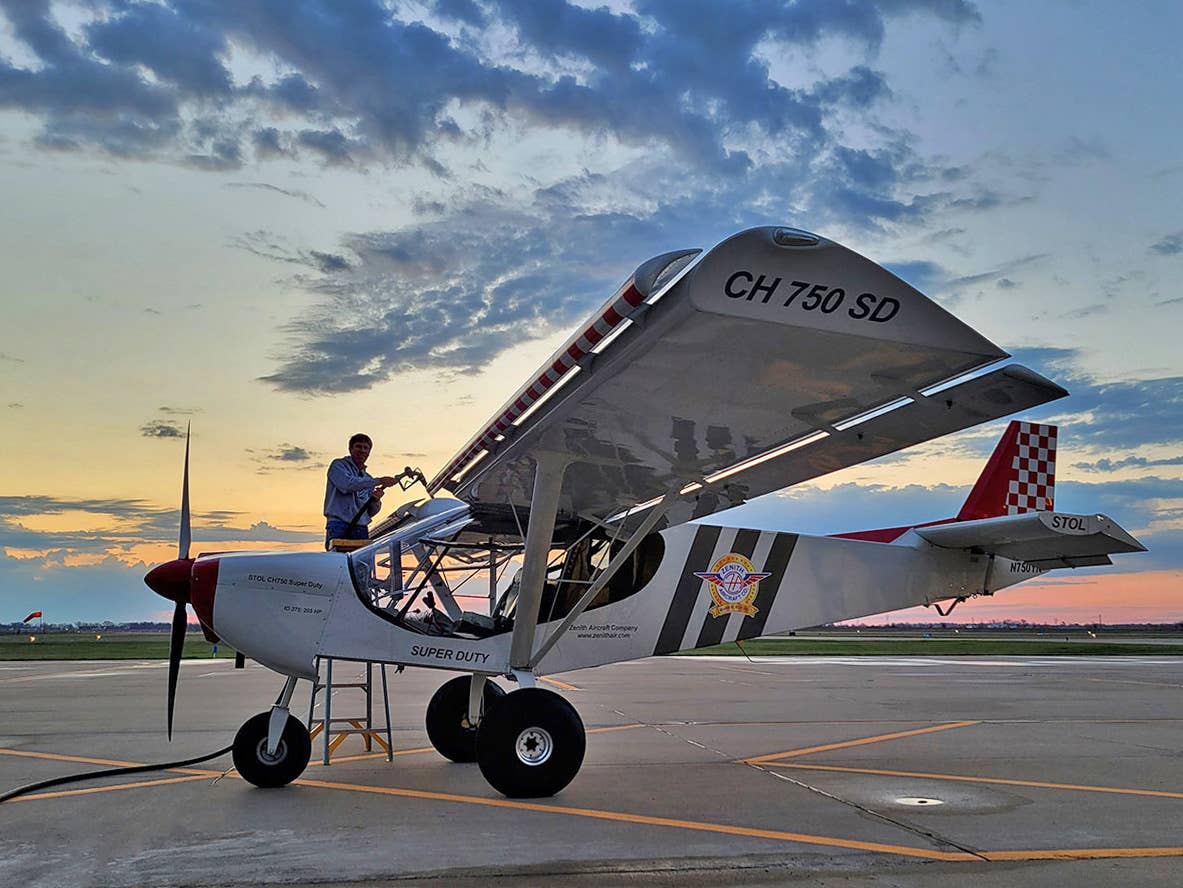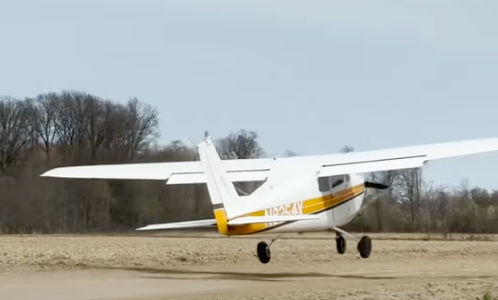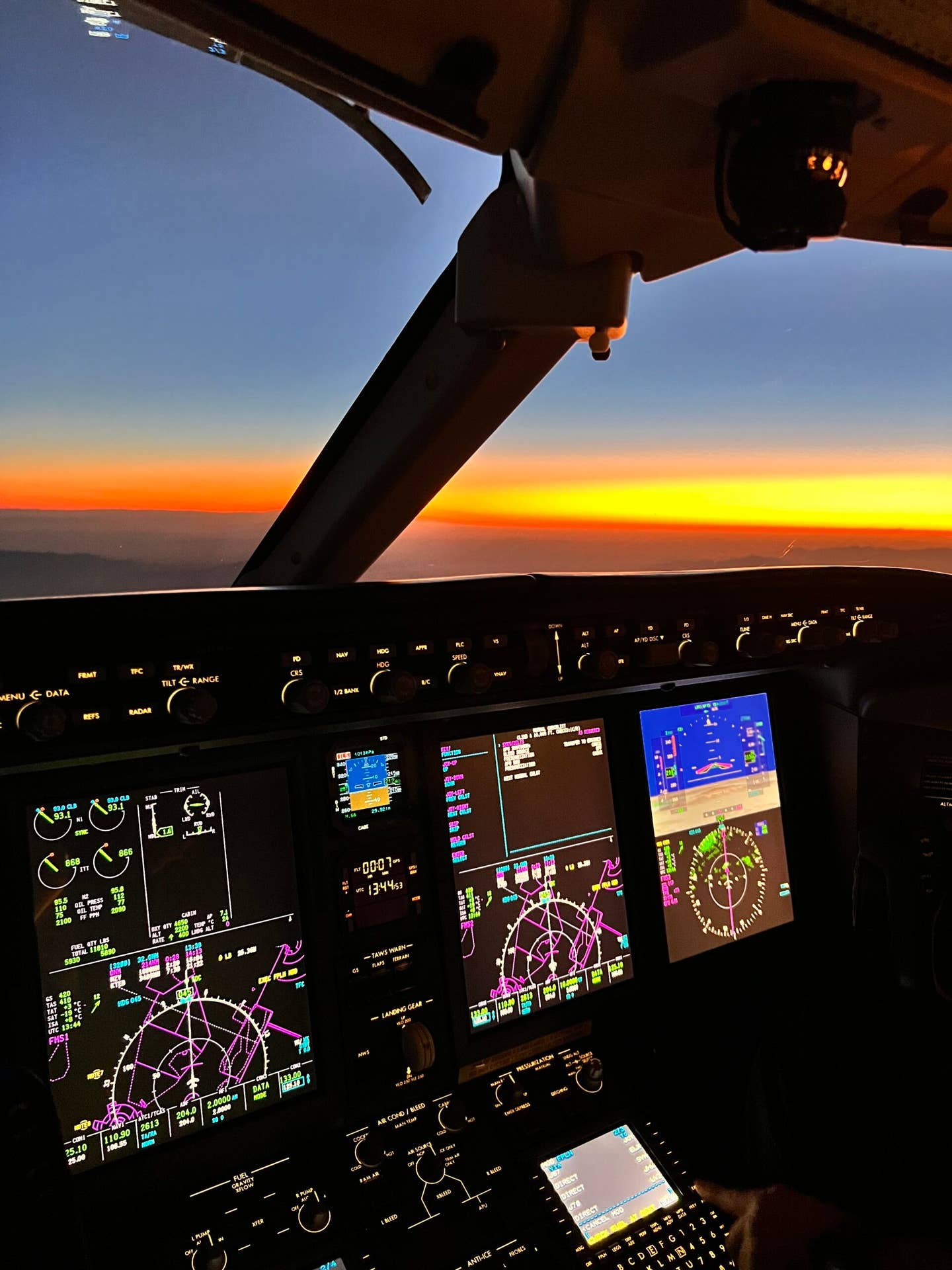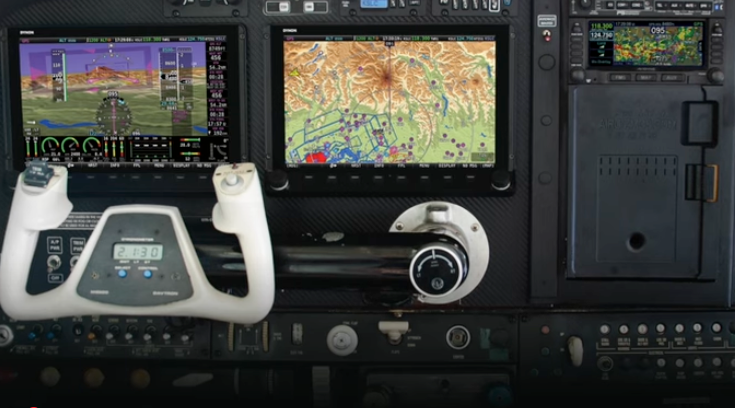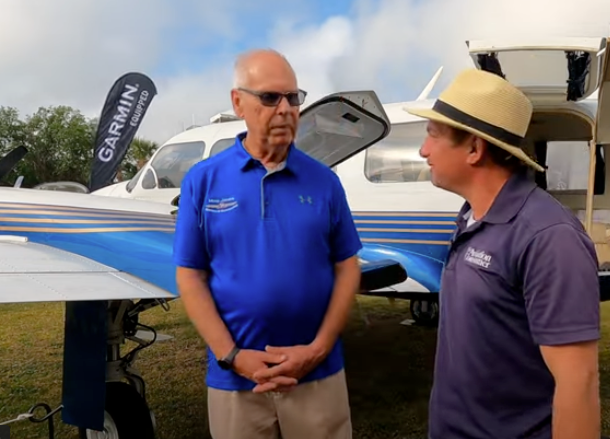Best Of The Web: Why Wingsuits Are Flight As Pure As It Gets
I think most people have a recurring dream or two. One of mine is that I’m able to fly by simply extending my arms and summoning some sort of mysterious…
I think most people have a recurring dream or two. One of mine is that I’m able to fly by simply extending my arms and summoning some sort of mysterious force to levitate myself into flight. In my dreamy state, I always seem to conclude that mankind has always had this ability, it just took a half million years of evolution to put it into practice. Thrust, drag and lift don’t intrude into dreams so acknowledging the need for potential energy to get to altitude doesn’t ruin the whole thing.
Yet, there’s some truth here. During the past decade, a subset of skydiving called wingsuiting has grown in popularity. Subset may be generous for wingsuiting is a niche within a niche. But it’s as close as humans have gotten to how birds fly yet and the skill set for the very top practitioners astonishes even those of us in the skydiving world. The video we’re linking this week shows why. The flying skill displayed here is otherworldly compared to what went on even a decade ago.
This is also a memoriam. The Dutch skydiver who shot and produced this video, Jarno Cordia, died this week on a wingsuit base jump in the Swiss Alps. And here a word about relative risk and the utter inability to calculate it on a rate basis. Wingsuiters launch from both airplanes and from fixed high-elevation cliffs and mountains—BASE wingsuiting, if you will. The latter can be off-scale high risk wise, depending on the terrain, the former not so much different from routine skydives. The video depicts both. Personally, I’m not a BASE jumper but I make no judgments of people who accept that risk. If you want a sense of that risk, see this flight by Dan Darby. It’s not for the faint of heart.
Pilots stuck on the perfectly good airplane response usually don’t stop to think that the human body has an L/D ratio. It yields a best-case glide ratio of about 1 to 1 in a body position called a flat track—arms extended backward, palms down, legs extended and slightly spread. A wingsuit triples that to as much as 3 to 1. That’s a lot. Skydives with wingsuits typically offer two to three minutes of pre-canopy deployment time compared to just 50 to 70 seconds from standard skydives from 13,500 feet, depending on the discipline.
A few years ago, this caused a minor panic when the question of whether wingsuits are aircraft gained brief currency. And if they are, did the FAA need to step in and regulate them? ADS-B was discussed. Evidently, no one in the FAA wanted to untangle that hairball so it never went anywhere. But the relevance is not so outlandish as you might imagine. My home dropzone is right on the edge of the Tampa Class B airspace. A wingsuiter could easily penetrate well into that airspace and the freakout would be epic, justifiably.
With new construction methods and materials, wingsuit performance has improved but is still sharply limited by one thing: aspect ratio. It’s determined by the skydiver’s arm length; think about the aspect ratio on high-performance sailplanes. Wingsuits are never gonna get there unless someone develops six-foot arm extensions.
But as this video shows, skill development is something else. When I first saw this video, I couldn’t shake the idea that it must have been CGI or some other sort of image trickery. It’s not. The skills shown off here are, in my view, human flight as pure as it gets. At 0:53, for example, the echelon rolls are both perfectly spaced and executed and they stop without even a hint of an overshoot, like watching Michael Goulian do an 8-point at Oshkosh.
With no available thrust, wingsuiters can’t climb. Except they can. Just as a glider can, they can exchange speed for altitude as at 1:52 in a zoom flyby at speed. With less drag than a skydiver without the suit, wingsuiters have flown as fast as nearly 250 MPH in what would be their version of indicated speed. Look closely at that flyby. There’s a nice roll at the top of the arc.
At 5:08 in the clip (also at 0:16) is some incredible formation flying with a skydiver under canopy. Now that’s a small, highly loaded parachute, so it’s faster than what many of us fly, but the wingsuit flyer does incredible fly arounds that would do justice to the Blue Angels.
While aircraft wingsuit flights are long by skydiving standards, BASE jumps tend not to be. This flight in the Italian Dolomites is the entire jump posted by Dan Darby. It’s a little over two minutes and gives a nice view of the parachute opening and a unique thing about wingsuiting: You have to get out of the suit pretty quickly because you can’t run out a landing with the suit zipped up.
No one really knows where wingsuit flying is going. I’m sure we’ll eventually see someone land one without benefit of the parachute. Gives me the willies to think about it, but that’s the nature of progress. And no, I haven’t done a wingsuit jump yet. It’s on my list of things to do. I have a long list.

